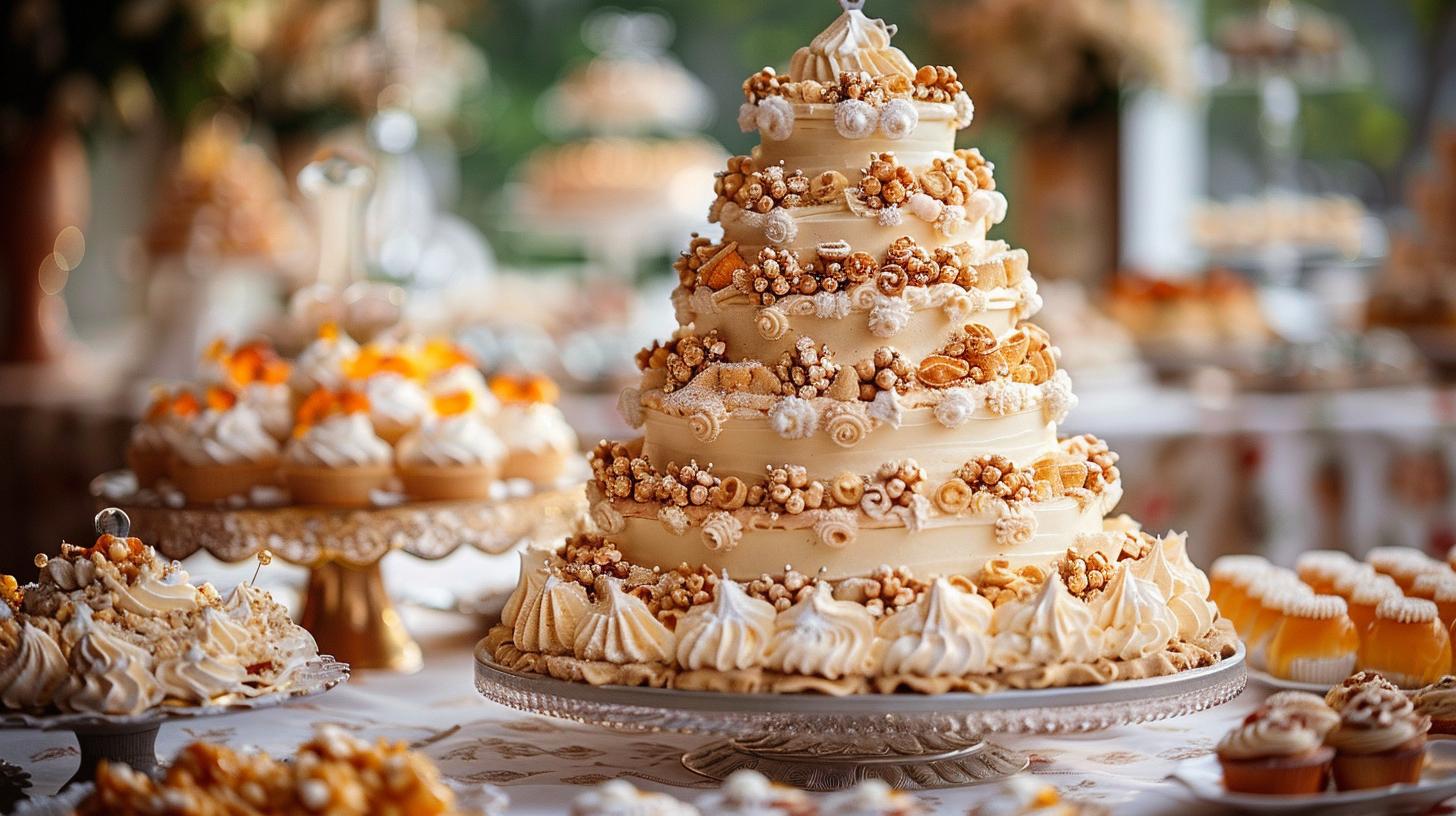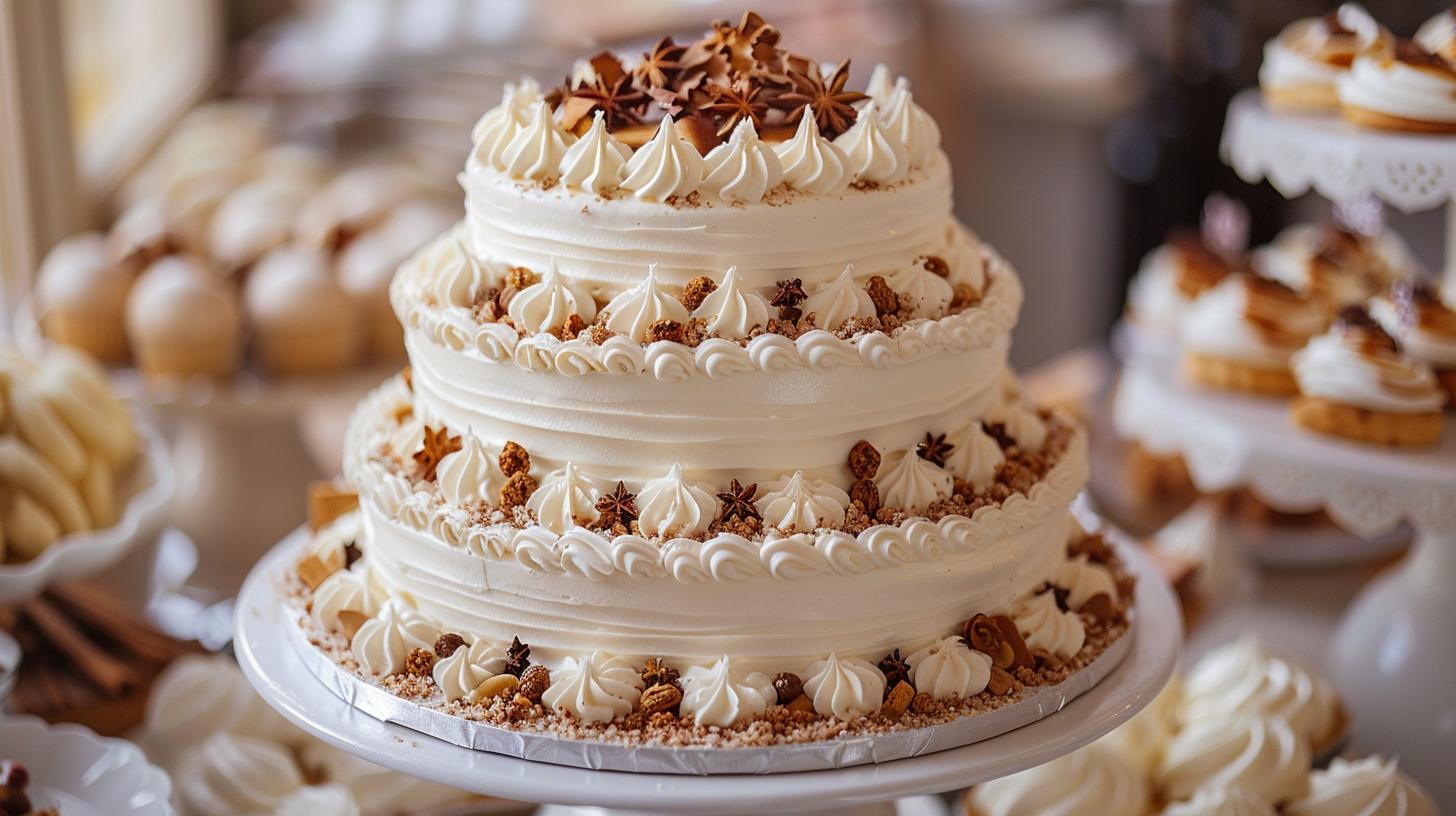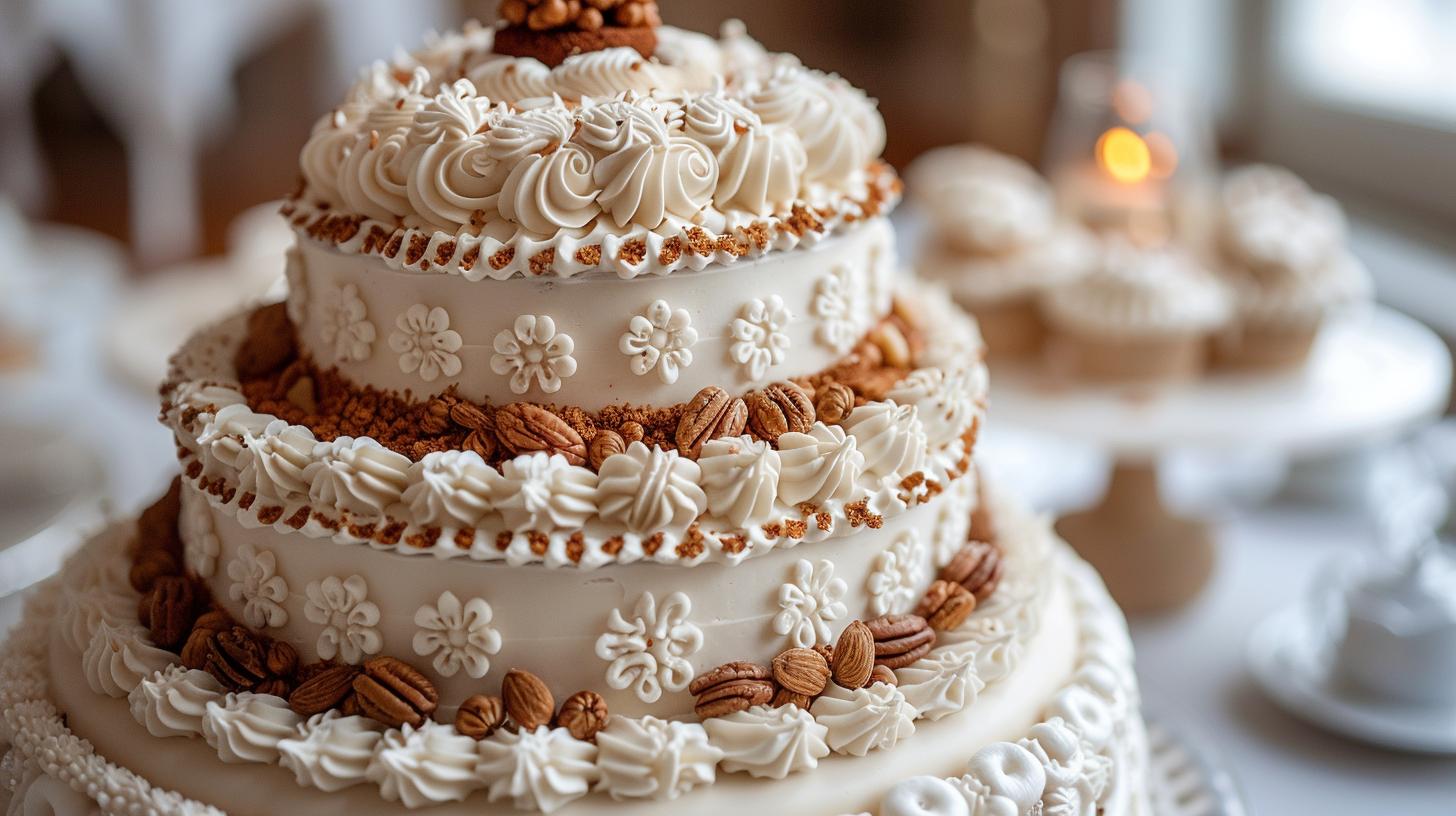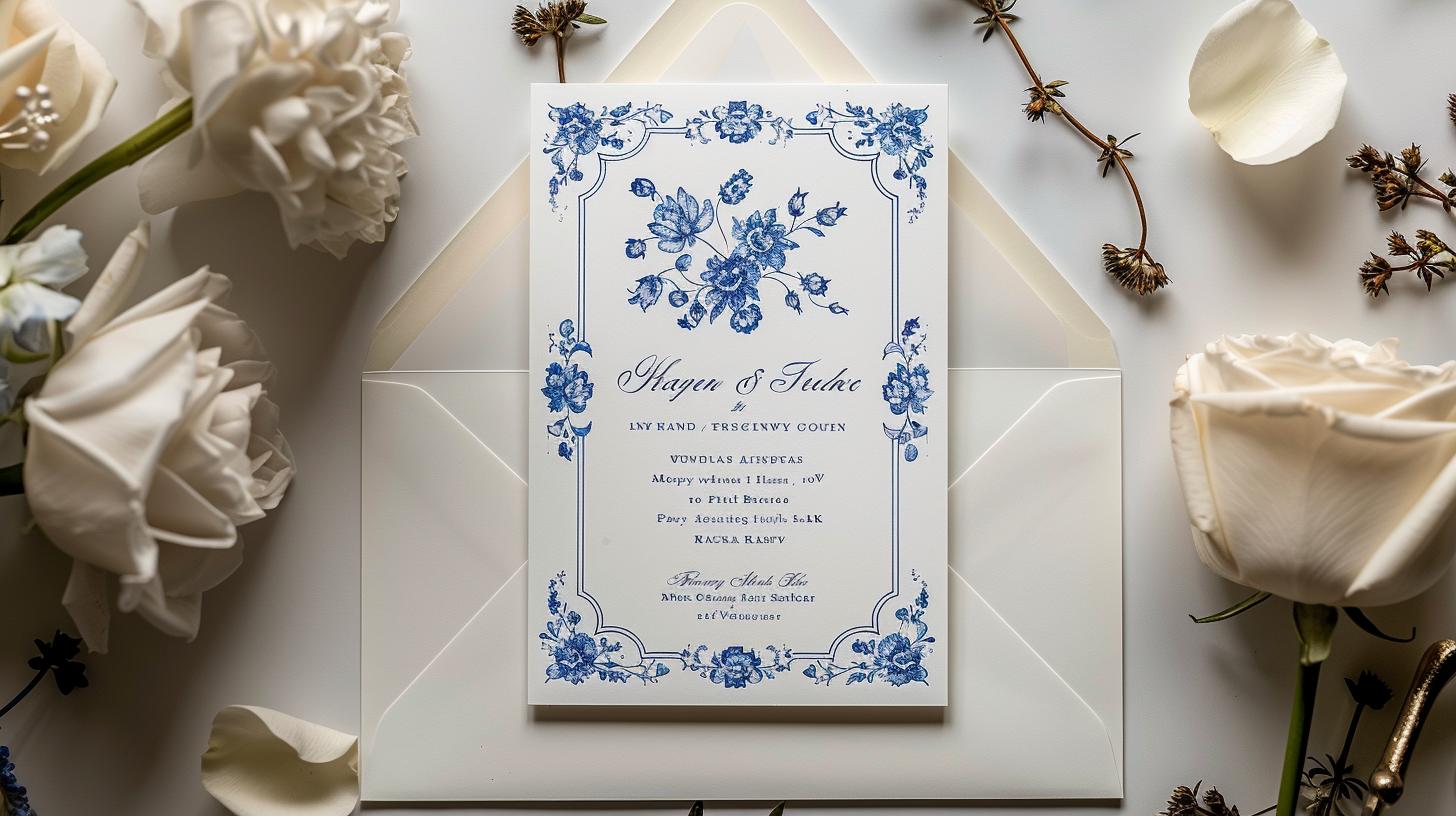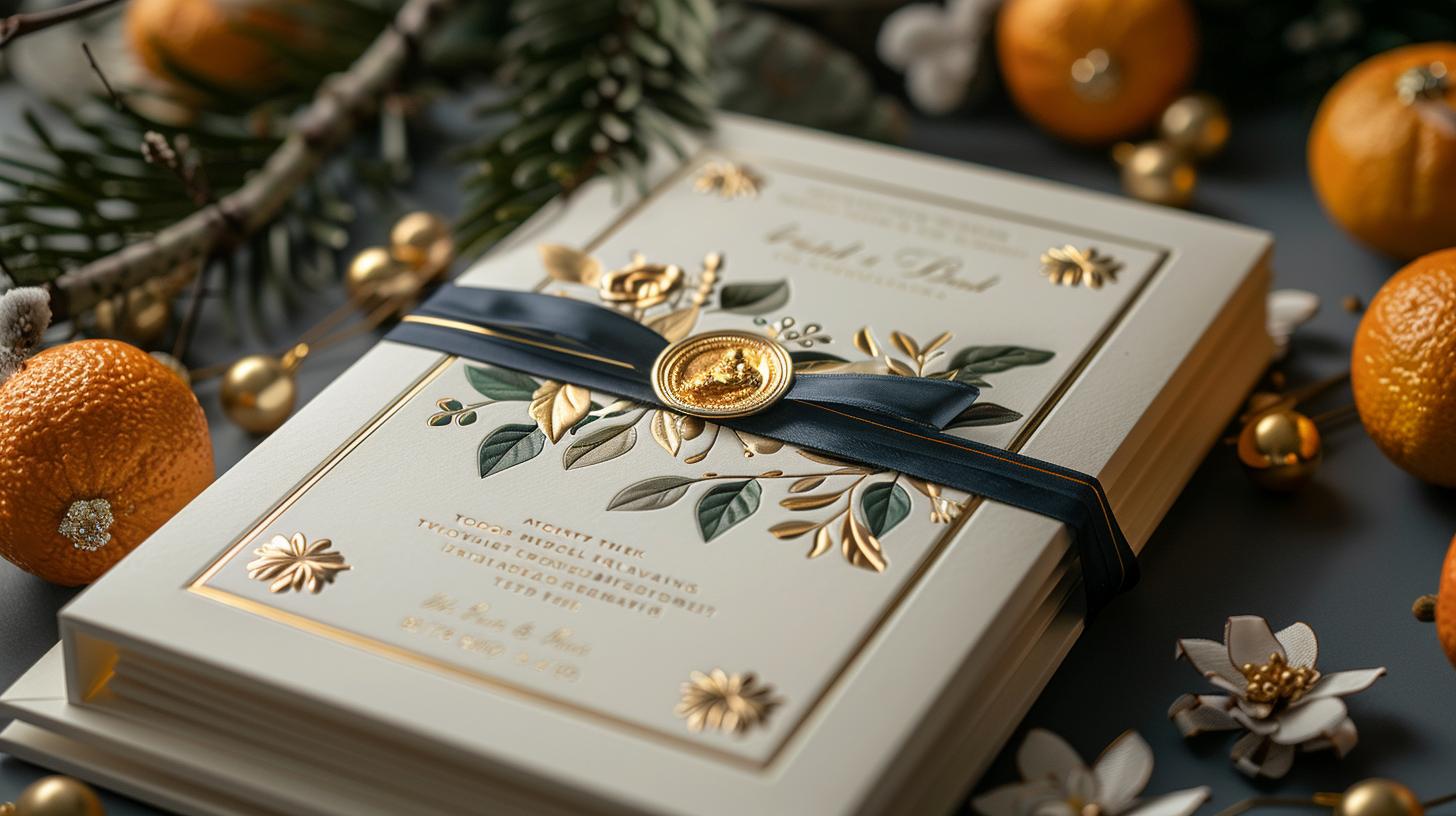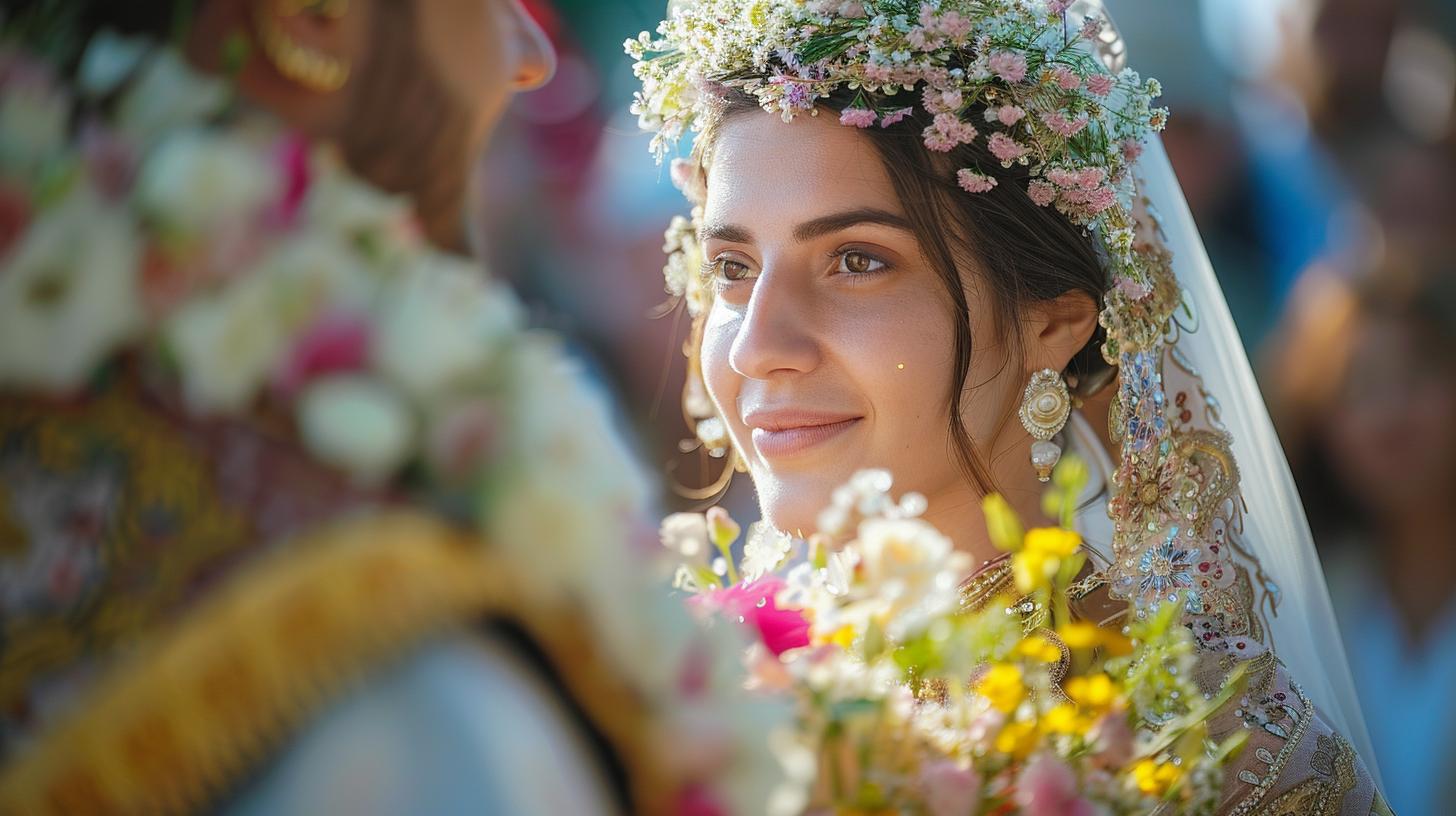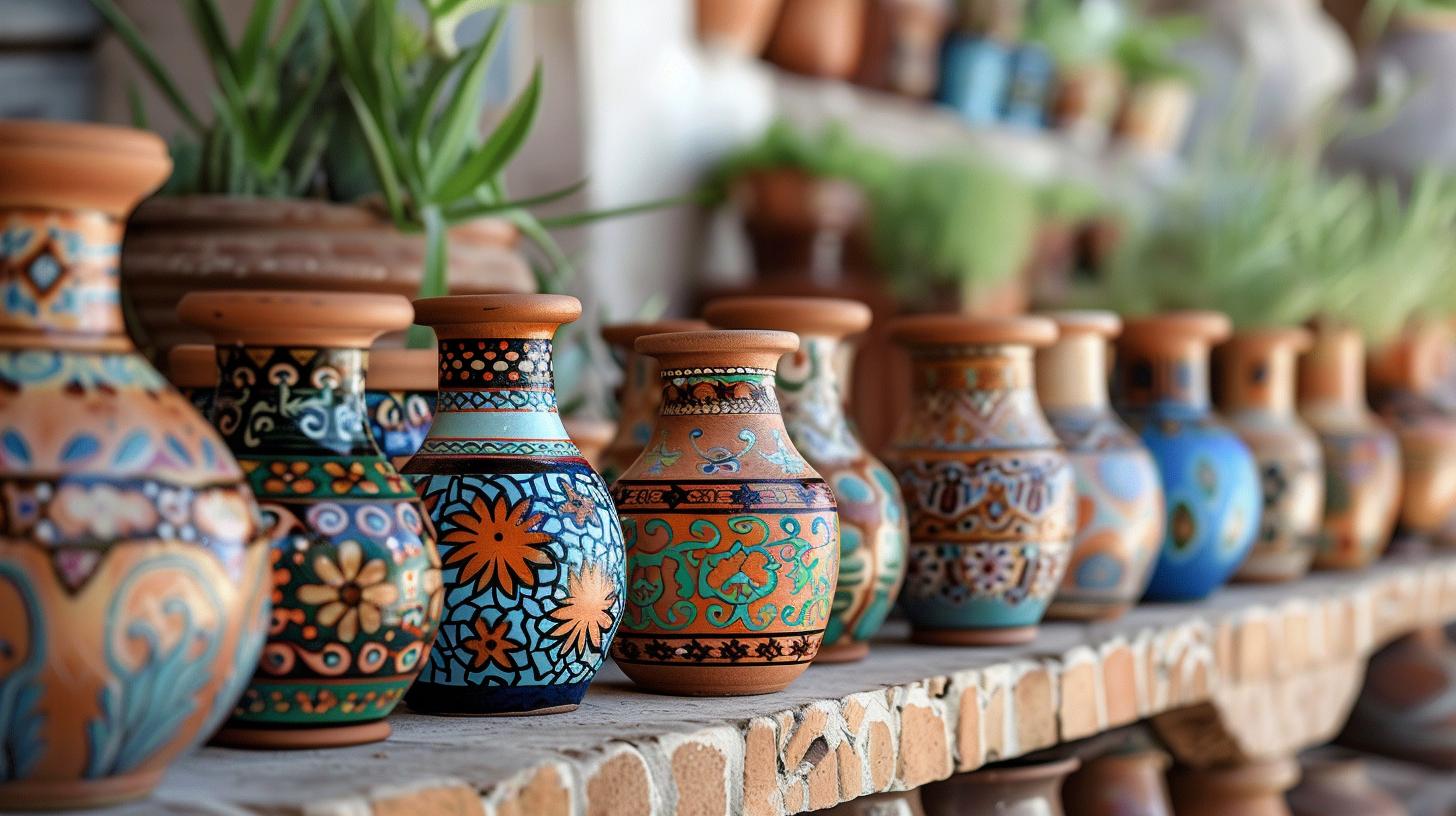Greek Wedding Cake: Traditions, Recipes, and Trends
Greek wedding cakes hold a special place in the celebration of love and unity. They are not just desserts; they represent tradition, culture, and a sense of community.
These cakes have evolved over the years, with various types reflecting regional tastes and customs. From classic recipes to modern trends, Greek wedding cakes continue to be a focal point in wedding celebrations.
The History and Significance of Greek Wedding Cakes
The rich history and deep-rooted cultural significance of Greek wedding cakes reflect the values and traditions of the society. These confections serve not just as desserts but as symbols of unity and prosperity for couples embarking on their journey together.
Ancient Origins
The tradition of wedding cakes in Greece can be traced back to ancient times. Initially, cakes were simple offerings of barley and honey that were presented during marriage ceremonies. This practice dates back to the ancient Greeks, where such cakes symbolized fertility and abundance.
It was customary to break the cake over the bride’s head to bestow blessings of prosperity and happiness upon the couple.
Symbolism in Weddings
In Greek culture, wedding cakes carry profound symbolism. They symbolize the couple’s union and are often considered a good luck charm for the newlyweds. The shared experience of cutting the cake together represents the couple’s first cooperative act as a married pair.
Each slice of cake serves as a token of shared joy with family and friends.
- The act of cutting the cake signifies the couple’s commitment to each other.
- Sharing the cake with guests reinforces community and family bonds.
- Traditions often include saving a piece of the cake to bless future generations.
Cultural Importance
Greek wedding cakes are deeply woven into the fabric of cultural celebrations.
They appear during various rites and rituals, symbolizing important life events beyond weddings. In particular, the inclusion of specific ingredients and designs often reflects regional variations, showcasing local customs and practices.
Through generations, these cakes have maintained their significance while also adapting to modern tastes. Weddings remain a pivotal moment in Greek culture, and the cake serves as a centerpiece, enriching the celebration with its flavors and traditions.
Traditional Greek Wedding Cakes
These cakes come in various forms, each with its unique flavors and significance.
Below are a few of the most popular types of traditional Greek wedding cakes.
Melachino Greek Wedding Cake
Ingredients and Recipe
Melachino is a classic Greek wedding cake characterized by its rich flavors and aromatic spices. The essential ingredients include:
- cup of butter or margarine
- cup of sugar
- eggs
- cup of milk
- 3/4 cups of flour
- teaspoon of nutmeg
- 1/4 teaspoons of cinnamon
- teaspoon of ground cloves
- 1/2 teaspoons of baking soda
- teaspoon of salt
- 1/2 tablespoons of lemon juice
To prepare Melachino, begin by preheating the oven to 350°F (175°C).
Cream the butter and sugar until light and fluffy, then add the eggs one at a time, mixing well after each addition. Alternate adding the milk and sifted dry ingredients, followed by the lemon juice.
Bake for approximately 45 minutes, or until a toothpick inserted in the center comes out clean.
Baking Tips
To achieve the perfect Melachino, it is essential to measure ingredients accurately. Allow the butter to soften at room temperature for ease in mixing. Avoid overmixing once the flour is added, as this can lead to a denser texture.
Ensure that the oven is properly preheated, and consider rotating the cake halfway through baking for even cooking.
Serving Suggestions
This delightful cake can be served at the wedding reception, typically coated with a light glaze made from powdered sugar and water. It pairs well with fresh fruits, such as berries or citrus slices, enhancing its visual appeal and flavor profile.
Karydaki: Greek Walnut Cake
Ingredients and Recipe
Karydaki, also known as Greek walnut cake, is celebrated for its distinctive flavor and texture. The main ingredients include:
- cups of finely chopped walnuts
- cup of sugar
- cup of flour
- cup of butter
- eggs
- teaspoon of baking powder
- teaspoon of cinnamon
To prepare Karydaki, cream the butter and sugar, then add the eggs one at a time.
Flavor Profile
Karydaki is known for its rich, nutty flavor, complemented by the warm spice of cinnamon. The texture is moist, due to the high ratio of walnuts, making it a satisfying treat for guests.
It is often served with a dusting of powdered sugar on top, enhancing its presentation.
Historical Roots
The origins of Karydaki date back to ancient Greek traditions, where walnuts were considered a symbol of fertility and prosperity. This cake has been a staple at weddings for generations, signifying the couple’s hope for abundance and happiness in their new life together.
Zaharopita: Greek Sugar Cake
Ingredients and Recipe
Zaharopita is a light and fluffy sugar cake, enjoyed for its delicate sweetness. Key ingredients include:
- cup of sugar
- cup of butter
- eggs
- cup of milk
- cups of all-purpose flour
- tablespoon of baking powder
- teaspoon of vanilla extract
In preparing Zaharopita, cream the butter and sugar until fluffy, add the eggs, and mix well.
Combine the milk with the dry ingredients and pour into a greased baking dish. Bake at 350°F (175°C) for around 25-30 minutes or until the top is golden.
Decoration Tips
This cake is often decorated simply, with powdered sugar or a light glaze. For a festive touch, consider adding fresh fruits or nuts on top. Edible flowers can also enhance the appearance, making it visually appealing for a wedding celebration.
Occasions for Serving
Zaharopita is not exclusive to weddings; it can be served on various festive occasions. Its light texture makes it a perfect dessert after a hearty meal, providing a delightful ending to a joyful gathering.
Modern Trends in Greek Wedding Cakes
This section explores significant trends shaping the evolution of these beloved desserts.
Minimalist Designs
Minimalist designs have gained traction in recent years, prioritizing simplicity and elegance. This trend reflects a departure from the ornate decorations of the past, favoring clean lines and understated beauty.
Popular Styles
- Single-tier cakes with subtle designs.
- Geometric patterns that add a modern twist.
- Sleek, buttercream finishes without excessive adornment.
Color Palettes
Color choices for minimalist cakes lean towards softer shades.
Pastels and muted tones evoke a sense of tranquility and sophistication. Popular combinations include:
- Pale blush with ivory.
- Soft blue with gray undertones.
- Lavender paired with cream.
Health-Conscious Alternatives
The growing focus on health has motivated couples to explore alternatives that cater to dietary preferences.
These changes reflect a commitment to wellness while maintaining flavor and tradition.
Vegan and Gluten-Free Options
With a significant rise in dietary restrictions, vegan and gluten-free wedding cakes have emerged as viable options. These cakes are crafted using innovative substitutes that do not compromise on taste or texture.
Common substitutions include:
- Almond or coconut flour for gluten-free cakes.
- Flaxseed or chia seeds as egg replacements.
- Aquafaba for a light, airy texture in vegan cakes.
Natural Sweeteners
Health-conscious couples increasingly opt for natural sweeteners instead of refined sugar. Honey, maple syrup, and stevia enhance the flavor profile while reducing the glycemic index. This shift offers a delightful twist to traditional recipes.
Whole Grain Ingredients
Many modern bakers are incorporating whole grain flours into their cake recipes. This not only adds nutritional value but also enhances flavor and texture. Options such as whole wheat or spelt flour provide richness and complexity.
Floral Decorations
Floral decorations continue to be a popular choice, blending natural beauty with cake design. However, the approach has shifted toward more creative and innovative uses of flowers.
Edible Flowers
Edible flowers are increasingly featured in cake designs, adding a vibrant touch and unique flavor. Varieties like pansies, roses, and marigolds are commonly used for their aesthetic appeal and culinary benefits.
Floral Design Techniques
Floral design techniques have evolved, with bakers employing methods such as:
- Sugar flowers that mimic real blooms with remarkable detail.
- Fresh flower arrangements artfully placed on cakes.
- Intricate piping techniques that resemble flowers, adding texture.
Greek Wedding Bundt Cake: A Modern Twist
The Greek wedding Bundt cake represents a contemporary approach to traditional pastries.
Blending the classic Bundt style with Greek flavors results in a unique dessert that captivates both the eye and the palate.
Bundt Cake Basics
Bundt cakes have become increasingly popular for various celebrations, including weddings. Their distinctive shape and ease of serving make them an excellent option for dessert tables. With a variety of flavors and styles, Bundt cakes offer versatility and elegance in their presentation.
The traditional Bundt cake is characterized by its ring shape, which encourages even baking and a delightful crust. A well-prepared Bundt cake has a moist and flavorful interior, often enhanced by glazes or toppings that complement its rich flavor profile.
Greek-Inspired Flavors
Incorporating Greek flavors into Bundt cakes can elevate a wedding dessert to new heights. Popular flavors inspired by Greek cuisine include:
- Honey and Walnut: A classic combination that leads to a beautifully moist cake, often drizzled with honey syrup and topped with crushed walnuts for added texture.
- Citrus Zest: Using lemon or orange zest brings brightness and freshness to the cake, creating a light and fragrant dessert that perfectly balances sweetness with tartness.
- Spices: Adding traditional Greek spices like cinnamon or nutmeg can give a warm and cozy flavor, making the cake perfect for any season.
- Yogurt: Incorporating Greek yogurt aids in achieving a tender crumb while imparting a subtle tanginess that enhances the overall flavor.
Decorating Ideas
Decorating a Greek wedding Bundt cake can be as simple or intricate as desired.
Here are some ideas for achieving a stunning presentation:
- Glazes: A glossy glaze made with powdered sugar and citrus juice can give the cake a polished look. This technique not only adds sweetness but also enhances the cake’s flavor profile.
- Fresh Fruits: Adorning the Bundt cake with fresh fruits like figs, pomegranates, or citrus slices can add vibrant colors and visual appeal, while also complementing the cake’s flavors.
- Herbs: Garnishing with fresh herbs, such as mint or rosemary, can create a beautiful contrast against the sweet elements of the cake.
This touch can also introduce unexpected flavor nuances.
- Edible Flowers: Incorporating edible flowers can add a romantic and elegant touch, making the Bundt cake a centerpiece of the dessert table.
By blending tradition with innovation, the Greek wedding Bundt cake transforms a classic dessert into a modern masterpiece, capturing the essence of Greek culture while celebrating the joy of union and festivity.
My Big Fat Greek Wedding Cake: Pop Culture Influence
The influence of “My Big Fat Greek Wedding” on Greek wedding cakes encapsulates the intersection of tradition and modernity in popular culture. This film has significantly shifted perceptions and inspired trends around wedding celebrations, particularly cakes.
Famous Cakes from Film
The cinematic representation of Greek culture has brought a unique spotlight to wedding customs, including the iconic wedding cake. The film features a grand cake that symbolizes not just a celebration of love but also the coming together of families and traditions.
This portrayal has led to an increased interest in replicating lavish wedding cake designs inspired by the movie.
Some notable features from the film’s wedding cake include:
- Multiple tiers that create a dramatic effect.
- Traditional Greek embellishments that highlight cultural aesthetics.
- Vibrant colors that reflect the joyous nature of Greek celebrations.
The memorable cake scene has made such designs aspirational for couples planning their own weddings.
Impact on Wedding Trends
The film has left a lasting mark on contemporary wedding trends in various ways. Many couples now seek to incorporate elements from the movie into their wedding festivities, especially the grand cakes.
This has resulted in:
- A rise in the demand for elaborate and ornate cake designs.
- Encouragement of familial connections during the cake-cutting ceremony, reminiscent of the movie.
- Integration of meaningful symbols that reflect personal or cultural histories.
The charm of the film has resonated well beyond its audience, influencing not just cake designs but overall wedding aesthetics.
Recreating Movie-Inspired Designs
Couples seeking to recreate the magic of “My Big Fat Greek Wedding” have turned to various creative outlets. They invest time and resources to ensure their wedding cakes reflect the essence of the movie, often working with skilled bakers to achieve specific designs.
Key aspects to consider when recreating these cakes include:
- Choosing a cake height that matches the grandeur seen in the film.
- Incorporating Greek cultural motifs or family elements into the cake’s decoration.
- Choosing flavors that not only taste great but also resonate with traditional Greek dessert offerings.
By focusing on these elements, couples can evoke the spirit of the film, delivering a personal touch to their celebrations.

